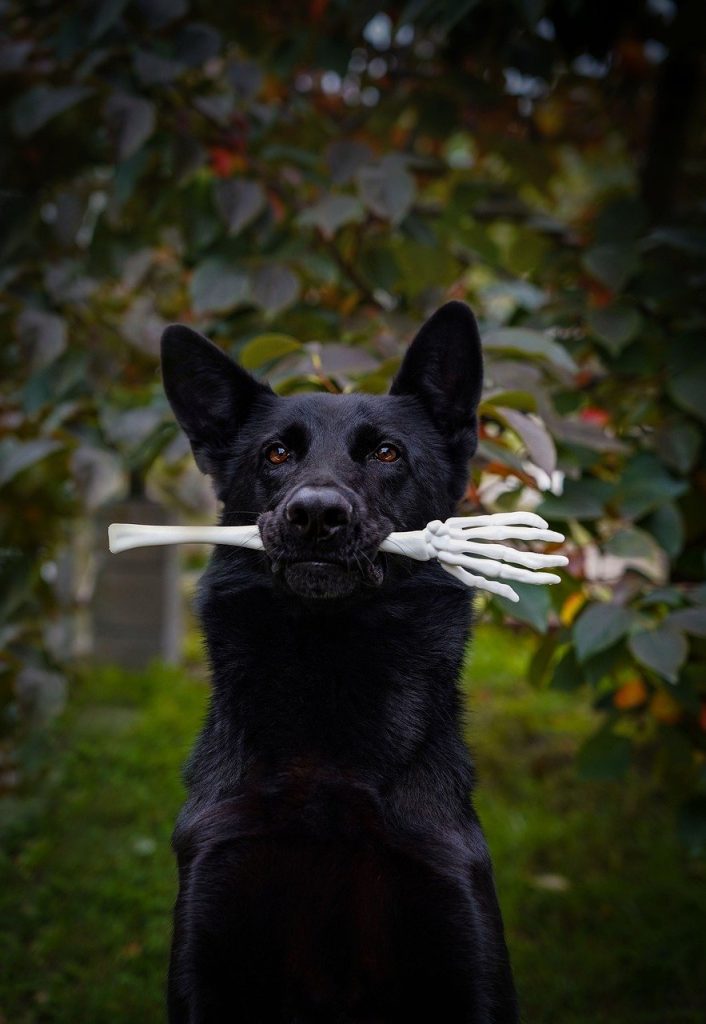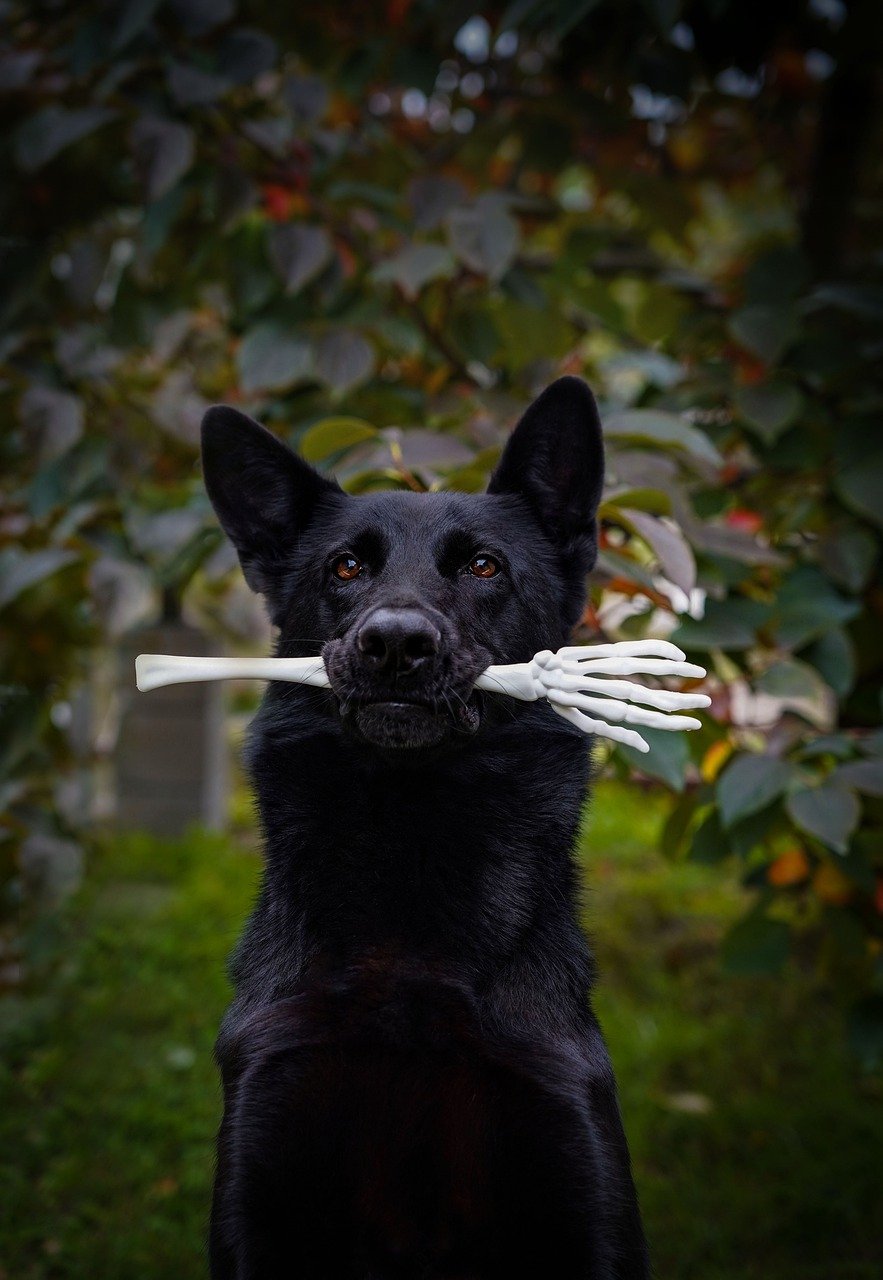Dealing with an aggressive dog can be challenging and stressful, but with the right approach, it’s possible to calm and manage the behavior effectively. In this post, we’ll explore practical tips and techniques to help you address aggression in dogs while fostering a safe and peaceful environment for both pets and owners.

Quick Recommendation : Our blog is filled with tips , tricks, and methods for training your dog. If you are seeking a comprehensive training program, we recommend the K9 Training Institute.
Understanding the Causes of Aggression
Aggressive behavior in dogs can be triggered by various factors including fear, territorial instincts, frustration, or underlying medical conditions. It’s important to identify the root cause of the aggression to effectively address the problem.
Seek Professional Guidance
If you are dealing with an aggressive dog, it’s crucial to seek guidance from a professional dog trainer or behaviorist. They can assess the situation, provide personalized training plans, and offer advice on managing the behavior safely. Never attempt to confront or handle an aggressive dog without the proper expertise.
Positive Reinforcement Training
Utilize positive reinforcement techniques to encourage good behavior and discourage aggression. Rewarding your dog for calm and non-aggressive behavior can help in shaping their responses in various situations. Consistency and patience are key when implementing training methods.
Create a Safe Environment
Ensure that your dog has a secure and comfortable living space. Limit exposure to potential triggers of aggression and provide plenty of mental and physical stimulation through regular exercise and interactive play.
Exercise and Socialization
Regular exercise and socialization are essential for maintaining your dog’s overall well-being. Engaging in physical activities and allowing appropriate social interactions with other dogs can help reduce stress and prevent pent-up aggression.
Be Attentive to Body Language
Understanding your dog’s body language is crucial in addressing aggression. Look for signs of stress, discomfort, or tension in your dog’s posture and behavior. Learning to anticipate and manage these cues can help prevent potential outbursts of aggression.
Seek Veterinary Evaluation
If your dog’s aggression seems uncharacteristic or escalates without apparent triggers, consult a veterinarian to rule out any underlying health issues that may be contributing to the behavior.
Create a Supportive Routine
Establish a consistent daily routine for feeding, exercise, and rest. Providing a structured environment can help reduce anxiety and promote a sense of security for your dog.
Patience and Persistence
Addressing aggression in dogs takes time and persistence. Stay patient and committed to the training process, and seek continuous guidance from professionals as needed.
In Conclusion
Dealing with aggression in dogs requires a compassionate and informed approach. By understanding the underlying causes, seeking professional guidance, and using positive reinforcement techniques, it’s possible to help an aggressive dog become more calm and manageable. Remember that every dog is unique, and what works for one may not work for another. Prioritize the safety and well-being of both your dog and those around them as you work to address their aggressive behavior.
Quick Recommendation : Our blog is filled with tips , tricks, and methods for training your dog. If you are seeking a comprehensive training program, we recommend the K9 Training Institute.

